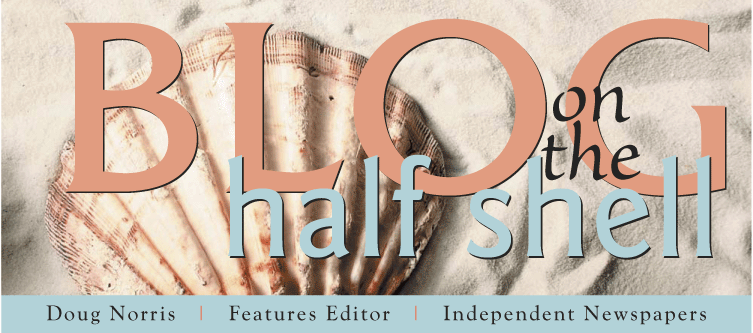The past is never very far away in Providence, even in the eclectic jumble of buildings that make up what locals call Downcity, an area south of a former saltwater cove and west of the confluence of the Moshassuck and Woonasquatucket rivers. Here, the air is thick with ghosts and damp with the sweat of laborers who made this a place of grandeur in the 18th and 19th centuries. At night, a lingering scent of tidal backwash and greasy food being served at a parked silver trolley known as Haven Brothers – considered the first American diner – is carried on breezes that gather in strength and curl around city blocks and foot bridges, cutting sharply to the spine.
This part of Providence offers a mix of charm and grit, streets of broken cobblestones and windows displaying FOR LEASE signs and a tight-knit culture of restaurants, pubs and artists making bold and innovative music, theater and visual art. In some ways the fact that Providence has endured so many cycles of neglect has been its salvation – and its inspiration.
Among the many successful projects to find a home in Providence recently is the latest initiative from The Museum On Site folks, whose Westminster Stories will remain up through Friday in the empty storefront at 191 Washington St. As one of the Providence Art Windows during this winter round, the exhibition is the centerpiece of a project that has collected “facts, memories and stories about two blocks of a single street in downtown Providence.” Andrew Losowsky and Lyra Monteiro of The Museum On Site are dedicated to “helping people understand their worlds through site-specific, free public experiences that share ideas and information in accessible and stimulating ways.” The group’s window and website are wonderful ways to make history off-the-wall and relevant to people today. The stories create a loose and engaging timeline of Providence’s former vitality, while reminding us even amid the vacuum and vacuity of so much modern development that there is still depth, heart and resonance in the places and spaces around us.
The Museum On Site first gained attention at another public art event in Providence, when it spotlighted Rhode Island’s role in the trans-Atlantic slave trade during a WaterFire display in the fall of 2008. Titled “A Thousand Ships,” the observance featured torchbearers who read aloud the names of slaves sold on ships that departed from Rhode Island, along with the burning of ceremonial paper chains. In a grand, symbolic gesture, a thousand WaterFire attendants simultaneously poured water from bottles into the river. The mass libation represented the estimated 1,000 slave ships that traveled from Rhode Island to Africa.
The group’s mission statement emphasizes projects that stimulate viewers in non-conventional ways and engage people directly, emotionally and intellectually through the forums of theater, museums, scholarship, art, advertising, public ritual and interactive media. Like many of Providence’s artists and arts organizations, The Museum On Site obsessively documents its work, providing an archival record that is helpful to historians, preservationists and storytellers, while actively encouraging further discussion and exploration.
So check out the window this week if you can. Another round of artists will be installed for the next iteration of Providence Art Windows the day after St. Patrick’s Day.
This week’s question: If you had an empty window to design, what part of Rhode Island would you like to put into it?
Monday, March 8, 2010
Subscribe to:
Comments (Atom)

